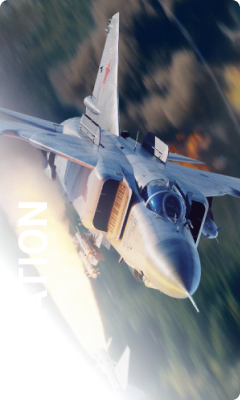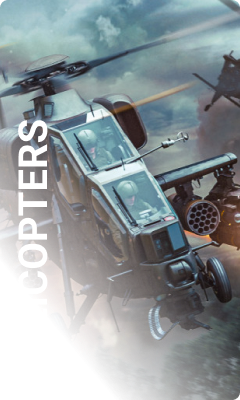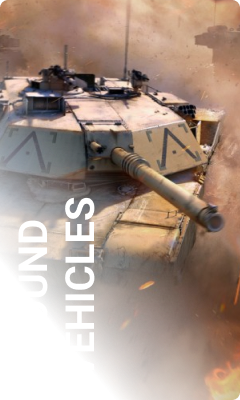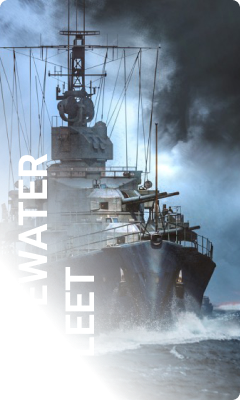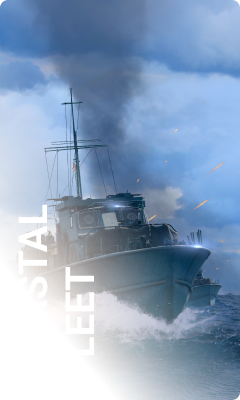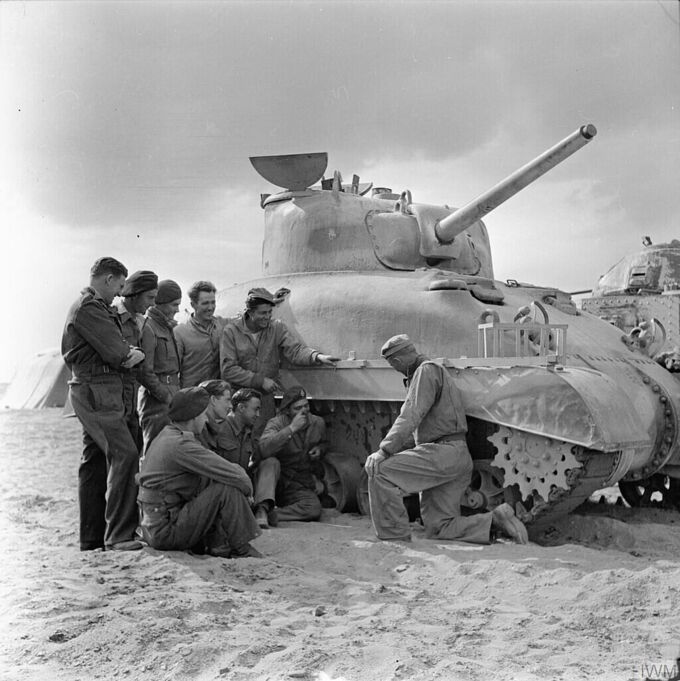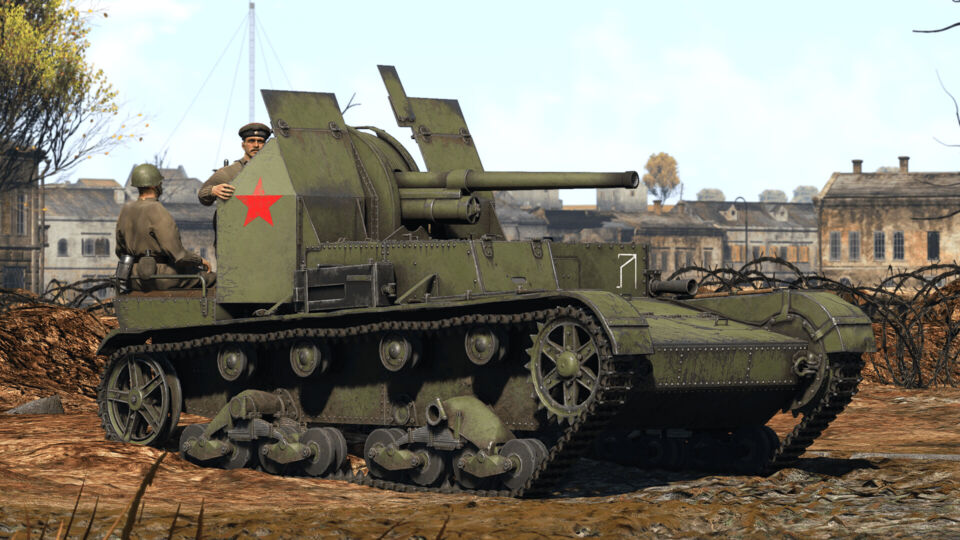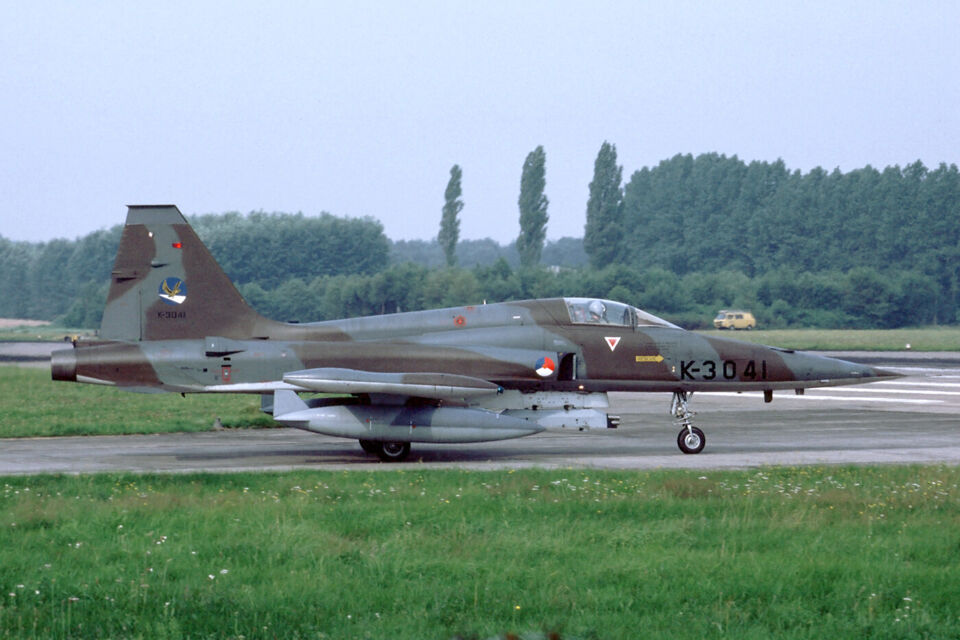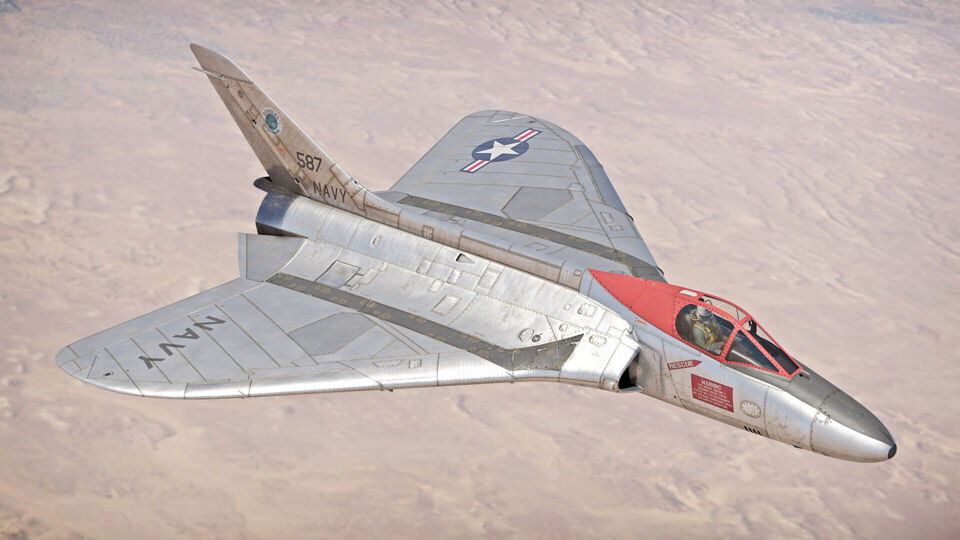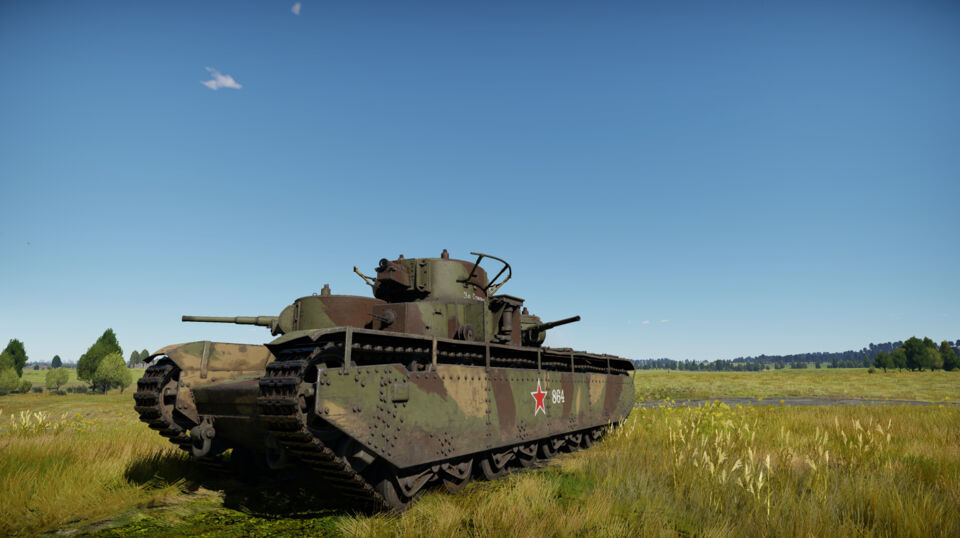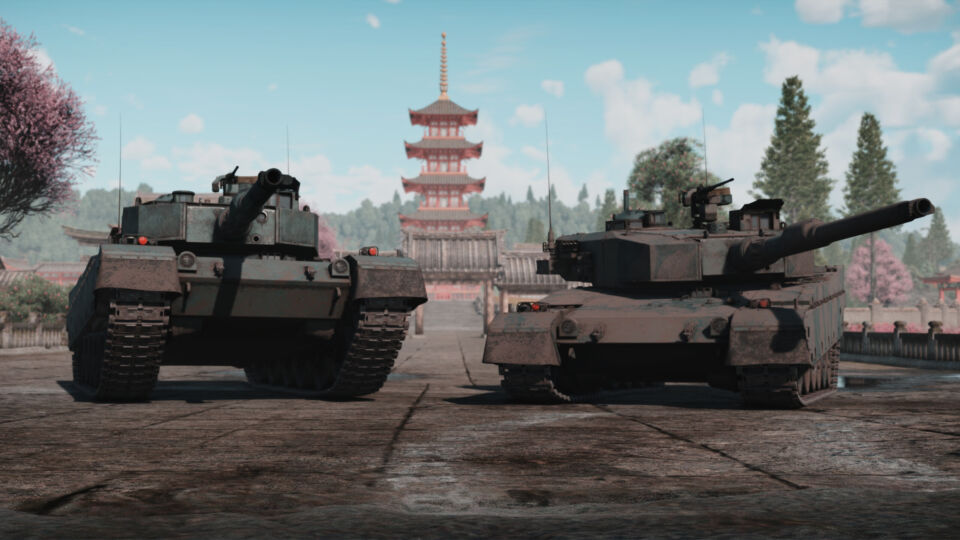During the Cold War, countries with limited means usually relied on allied suppliers for defense. At times, though, circumstances pushed such states to join forces and develop their own equipment. A prime example was the joint Romanian-Yugoslav project that produced the IAR-93 Vultur and the J-22 Orao.
The American M113 is a famously flexible workhorse. This platform spawned everything from ATGM carriers to SPAAGs. War Thunder has had plenty of those for years, but the latest update adds something truly unusual to Israel’s tech tree: the Bardelas/60mm HVMS. And yes, Bardelas really does mean “cheetah”. Military naming conventions remain undefeated...
During the Second World War, Britain found itself in a pickle. Domestic factories were unable to produce enough suitable tanks fast enough for the British Army to be able to fight in North Africa and beyond. The lessons of the Fall of France, as well as the enormous loss of heavy equipment — albeit somewhat obsolete anyway; meant that the Ministry of Defence was forced to look across the pond to the United States for support.
The NF-5A aircraft were acquired by the Netherlands in the late 1960s to replace the ageing F-84F Thunderstreaks that were still serving in the strike and close-support role within the Royal Netherlands Air Force (KLu). The Netherlands initially considered multiple fighter-bomber options, including the Mirage III, but ultimately selected the F-104G for interceptor duties. A second procurement program was then launched to find a more affordable tactical fighter to support ground forces, leading to the choice of a uniquely Dutch variant of the F-5 Freedom Fighter.
The F4D-1 is the only carrier-capable delta-winged fighter which was employed by the US Navy. The plane itself represents the era of early jet aviation when designers experimented with unusual solutions. In the game, the F4D-1 Skyray differs significantly from other jet fighters and aircraft with similar wings. Like the latter, it can turn sharply toward the enemy, and it carries good weapons. However, its low maximum speed is disappointing, and like other delta wings, it quickly loses energy. So, how do you play it?
A ten-meter long behemoth with five turrets and three cannons. A fever dream? Possibly. But also the Soviet T-35 heavy tank. While awe-inspiring for both enemies and allies alike, the thin armor and slow speed of this monster make its playstyle somewhat trickier than just holding W and occasionally clicking your left mouse button. This article thus seeks to provide some clarity on all aspects of this heavy tank, to make it easier to grasp for its new owners.
In the mid-1920s, Germany quietly abandoned the Versailles restrictions and began covertly rebuilding its armored forces. In 1933, the army tasked Rheinmetall, whose Grosstraktor was the only 1920s design with any combat value, with developing a new heavy tank. The brief called for a vehicle of about 20 t with three turrets, armed with 75-mm and 37-mm guns plus multiple machine guns. The paperwork labeled the program Panzerkampfwagen Neubaufahrzeug — literally “new-construction fighting vehicle”. The name stuck and was later shortened to Nb.Fz.
Hydropneumatic suspension, or controlled suspension, is a wheel suspension system that allows a vehicle’s ground clearance to be adjusted. With these types of systems, vibrations are dampened by specially designed hydropneumatic shock absorbers, while the compression force is transmitted by fluid to each shock absorber’s pneumatic receiver chamber.
